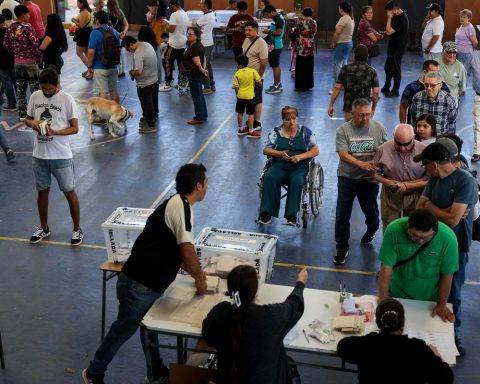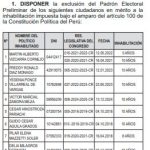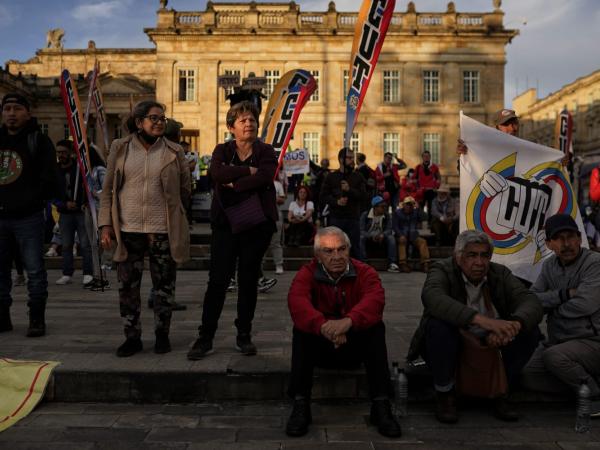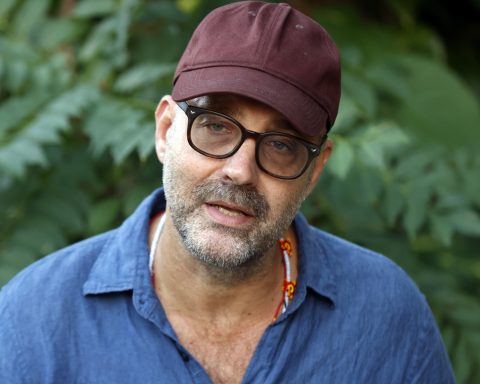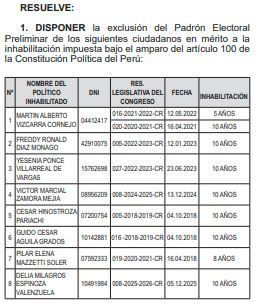The International Council of Museums (Icom) launched this Tuesday night (14), at the Portuguese Language Museum, in São Paulo, the Red List Brasil, or Red List, a publication that lists the cultural objects most subject to illicit removal. of the country and of illegal commercialization in the international market. With this, Brazil becomes the twentieth country or region to have a Red List of Cultural Objects at Risk.
The launch of Red List Brasil had the participation of the Minister of Culture Margareth Menezes, an event that marked her first public agenda in São Paulo since she took office. “This is one of the biggest challenges: fighting the illicit trafficking of our cultural goods”, said the minister, during the event. According to her, this type of trafficking is one of the most money-moving in the world.
“The frequency with which Brazilian cultural goods are illegally removed from the country, in addition to their specificities, justified the elaboration of Red List Brasil. Brazil ranks 26th on the list of countries with the highest number of stolen cultural objects and has an extremely low recovery rate. Illicit trafficking in cultural goods is a huge loss for Brazil because it interferes with the witness of the civilizing process of our people. Taking care of memory and strengthening our history is a record of the map of our cultural evolution”, he said.
The database of the National Historical and Artistic Heritage Institute (Iphan) listed 974 Brazilian cultural assets that are sought after being stolen or stolen. Of that list, only 48 were recovered.
Red Lists
The Red Lists, or Red Lists, have been published since 2000 by Icom and detail categories of cultural assets that are threatened with extinction around the world. According to Emma Nardi, global president of Icom, the publication is not a list of stolen objects, but presents typologies of works at risk of trafficking, which are described and illustrated by photographs. These images help inspection agents to identify possible illegal movements.
“The Red Lists are tools that illustrate categories of the most vulnerable cultural assets in each country. The publication of these lists helps the authorities to identify objects at risk and prevent them from being illegally sold or exported”, explained Anauene Dias Soares, specialist in the illicit fight against cultural goods and technical coordinator of the publication. “In order to have an object included in the Red List, it needs to be identified in a list of typologies and cultural assets protected by national and international legislation”.
So far, lists have been published for some regions such as Southeast Europe and Africa, as well as countries such as China, Peru, Afghanistan, Colombia, Haiti, Iraq and Syria. Before Brazil, the last issue had been dedicated to Ukraine, due to the Russian invasion and increased risk of looting.
“To make the Red List it is important to know if the country has powerful legislation. Only an object that is protected can be placed in a Red List. Brazilian legislation is quite robust, but Brazil is a country with a continental dimension and a very porous border. Afterwards, it is necessary to understand that there is traffic and an interest in the market and only then do we begin to map out what the categories would be”, said Roberta Saraiva Coutinho, who helped to create Red List Brasil.
Red List Brazil
In Brazil, the Red List, which took eight years to complete, included five categories that are most targeted by traffickers: archeology; sacred and religious art; ethnographic objects; paleontology; and books, documents, manuscripts and photographs. Each of these categories contains images that illustrate objects that could attract traffickers such as indigenous headdresses, funerary urns belonging to indigenous communities, ritual objects of African origin and a terracotta sculpture of Nossa Senhora da Conceição.
Among these listed objects is also the first edition of the book Memórias Póstumas de Brás Cubas, by Machado de Assis. “The Brazil Red List is a recognition of the risks in our region, but also the recognition and visibility of the diversity and richness of Brazilian heritage,” said Renata Mota, executive director of the Portuguese Language Museum and president of Icom Brasil.
The Brazilian Red List presents, for the first time, comics and paleontology objects, such as fossils. “It is a very innovative list because it brings a category of paleontological assets only. This is the first time this has appeared on a Red List. And we also have three items of African origin in the sacred art category, including a sculpture of Xangô. We even include bibliographic materials, which are heavily trafficked goods and are also part of our list. Comic books are also a great innovation, which until today had not entered the Red Lists”, said Anauene Dias Soares.
The Brazilian Red List was launched in Portuguese and English and will soon also be launched in Spanish, Swedish and French. The Brazilian edition, said Roberta Saraiva Coutinho, was considered one of the most beautiful. “It mirrors our heritage.”
The publication will be distributed to police and customs authorities around the world so that they can identify the Brazilian items most threatened by trafficking.




